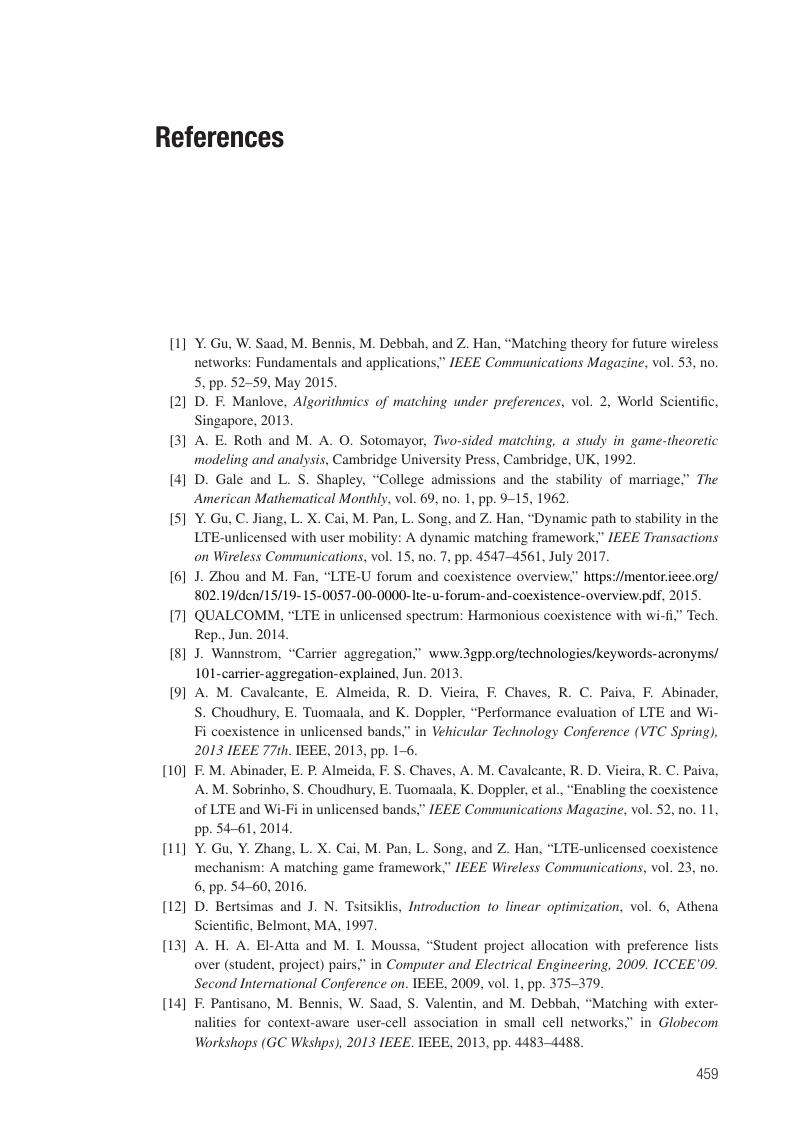References
Published online by Cambridge University Press: 13 June 2019
Summary

- Type
- Chapter
- Information
- Game Theory for Next Generation Wireless and Communication NetworksModeling, Analysis, and Design, pp. 459 - 493Publisher: Cambridge University PressPrint publication year: 2019

